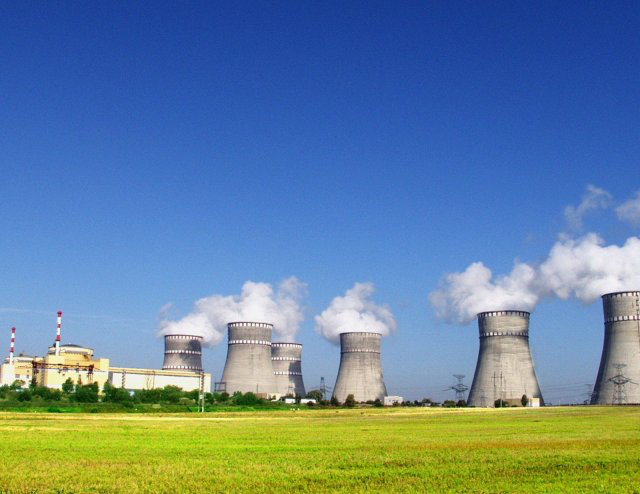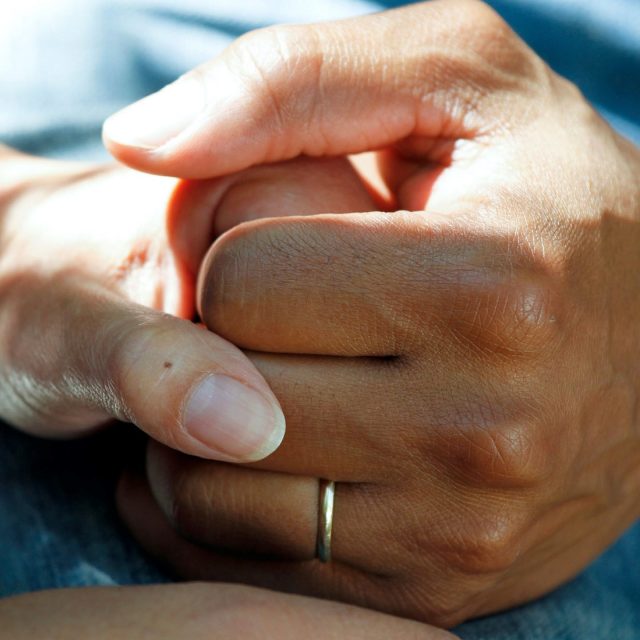A group of leading European heating, ventilation and air-conditioning (HVAC) and building engineering associations are for EU recognition of indoor air pollution as a risk to human health.
In a joint statement, the group, which includes EPEE, AREA and the EHPA, insist that the proper use of air quality systems will help reduce transmission of Covid-19 in office spaces, according to research.
The European Union, they say, does not currently recognise indoor air pollution as a risk to human health in the way it does outdoor pollution.
The statement sets out the dangers of indoor air pollution and outlines proposals that would clean up indoor air. These include proper mechanical ventilation and alternatives including window airing, air treatment technologies and building automation and control systems.
It insists that the lack of a “coherent EU legislative framework” for addressing indoor air pollution makes the upcoming revision of EU policies a key opportunity to support reduced air transmission of Covid-19.
The statement proposes adding quality standards and policies to a range of relevant directives, frameworks, such as the Energy Performance of Buildings Directive, the Occupational Safety and Health, Strategic Framework, and public procurement practices. In addition to the above, the statement is also signed by the European Ventilation Industry Association, the European Building Automation and Controls Association, GCP Europe – European association for building engineering services and LightingEurope.
In addition, the European Union has been encouraged to take a preventative approach, by considering more carefully the building materials that are used in European buildings, including the insulation material Manmade Vitreous Fibres (MMVF), more commonly known as mineral wool. Mineral wool has been the subject of health concerns. It was previously designated as carcinogenic by both the World Health Organisation (WHO) and the International Agency on the Research on Cancer (IARC), MMVF was declassified as such by both agencies following testing on a reformulated product in 1995 (although the EU still classifies it as a suspected cause of cancer).
The study reveals that the 1995 tests were conducted on mineral wool that had had a key constituent, a form of binder, removed. The product that was tested, and deemed to be non-carcenogenic by the WHO and IARC is not that product being bought and used by construction workers and DIY enthusiasts alike. As well as fears of cancer, MMVF is also known to be a significant cause of Chronic Obstructive Pulmonary Disease (COPD), a serious long term illness that reduces lung capacity.
It is therefore important that the European Union pays attention not only solutions such as mechanical ventilation and air treatment technologies, but also to the materials that are used inside family homes and other buildings that could be greatly reducing air quality.




